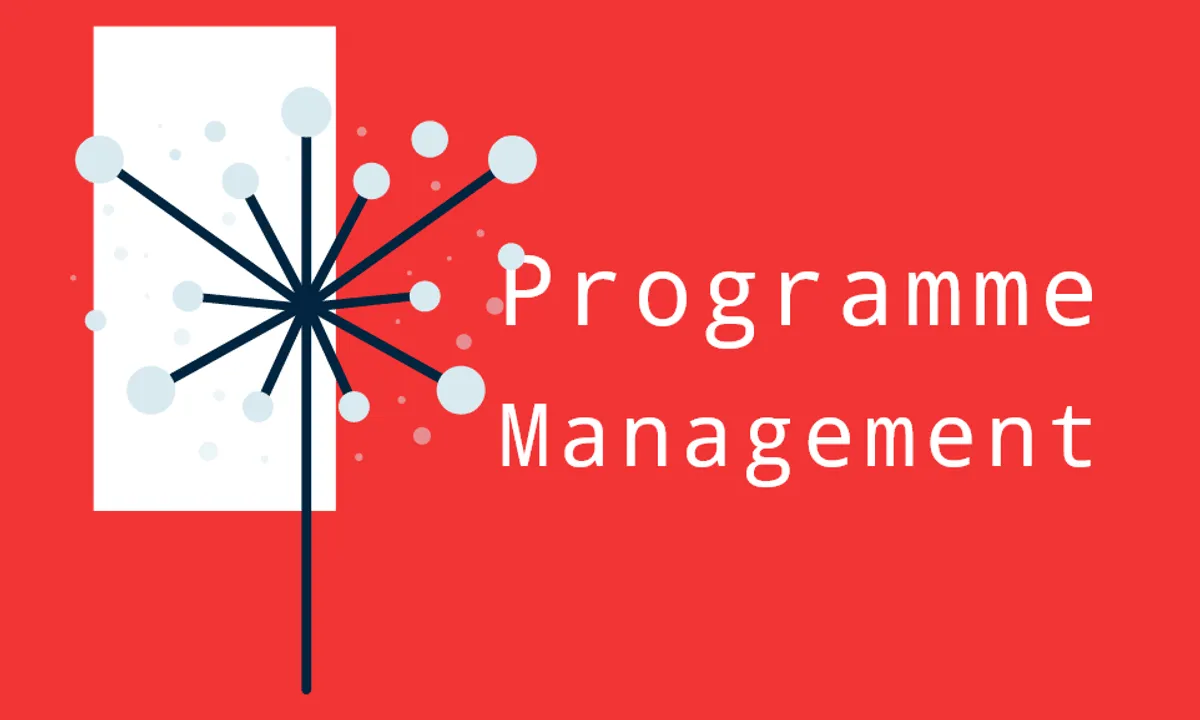
Illustrator CC 2019 
Adobe Illustrator CC 2019 is the latest version of the illustration and vector drawing application, allowing users to create artwork for print, the web, or other applications. This tutorial provides an overview of the features and tools available in the 2022 version of Adobe Illustrator CC. ▼
ADVERTISEMENT
Course Feature
![]() Cost:
Cost:
Free Trial
![]() Provider:
Provider:
LinkedIn Learning
![]() Certificate:
Certificate:
No Information
![]() Language:
Language:
English
![]() Start Date:
Start Date:
Self Paced
Course Overview
❗The content presented here is sourced directly from LinkedIn Learning platform. For comprehensive course details, including enrollment information, simply click on the 'Go to class' link on our website.
Updated in [March 06th, 2023]
This course provides an overview of Adobe Illustrator CC 2019. Participants will learn how to navigate documents, create their own Illustrator workspace, work with artboards, use layers, draw shapes, transform objects, add fills and strokes, work with color and type, draw in Illustrator, add content to CC Libraries, and print and export artwork.
[Applications]
After completing this course, users of Illustrator CC 2019 can apply their knowledge to create professional-looking artwork. They can use the tools and techniques learned to create logos, illustrations, and other graphics. They can also use the artboards to create multiple versions of a design, and use layers to organize their artwork. Additionally, they can use the drawing tools to create shapes, and the color and type tools to add color and text to their designs. Finally, they can add content to CC Libraries and export their artwork for printing or other purposes.
[Career Paths]
1. Graphic Designer: Graphic designers create visual concepts, using computer software or by hand, to communicate ideas that inspire, inform, and captivate consumers. They develop the overall layout and production design for various applications such as advertisements, brochures, magazines, and corporate reports. As technology advances, the demand for graphic designers is expected to increase.
2. Web Designer: Web designers create the look, layout, and features of a website. They are responsible for the visual aspects of a website, including its layout, color scheme, and font. They also work with content creators to ensure the website is user-friendly and visually appealing. With the rise of mobile devices, web designers must also consider how a website will look on different screen sizes.
3. Animator: Animators create animation and visual effects for television, movies, video games, and other forms of media. They use computer software to create characters, objects, and backgrounds, and then animate them to create a story. Animators must be creative and have a strong understanding of the principles of animation. As technology advances, the demand for animators is expected to increase.
4. UX/UI Designer: UX/UI designers are responsible for creating user-friendly interfaces for websites and applications. They must have a strong understanding of user experience and user interface design principles. They must also be able to create designs that are visually appealing and easy to use. As technology advances, the demand for UX/UI designers is expected to increase.
[Education Paths]
1. Graphic Design Degree: Graphic design is a creative field that combines art and technology to communicate ideas. It involves the use of typography, photography, illustration, and other visual elements to create visual solutions for a variety of clients. Graphic design degrees are available at the associate, bachelor's, and master's levels, and they provide students with the skills and knowledge needed to create effective visual solutions. In addition, many graphic design programs offer courses in digital media, web design, and animation. As technology continues to evolve, the demand for graphic designers with digital skills is increasing, making this an excellent career choice.
2. Animation Degree: Animation is a rapidly growing field that combines art, technology, and storytelling. Animation degrees are available at the associate, bachelor's, and master's levels, and they provide students with the skills and knowledge needed to create animated films, video games, and other digital media. Animation degrees typically include courses in character design, storyboarding, 3D modeling, and animation software. As technology continues to evolve, the demand for animators with digital skills is increasing, making this an excellent career choice.
3. Web Design Degree: Web design is a creative field that combines art and technology to create websites and other digital media. Web design degrees are available at the associate, bachelor's, and master's levels, and they provide students with the skills and knowledge needed to create effective websites. In addition, many web design programs offer courses in user experience design, web development, and digital marketing. As technology continues to evolve, the demand for web designers with digital skills is increasing, making this an excellent career choice.
4. Digital Media Degree: Digital media is a rapidly growing field that combines art, technology, and storytelling. Digital media degrees are available at the associate, bachelor's, and master's levels, and they provide students with the skills and knowledge needed to create digital media content for a variety of platforms. Digital media degrees typically include courses in video production, audio production, and digital media software. As technology continues to evolve, the demand for digital media professionals with digital skills is increasing, making this an excellent career choice.
Course Syllabus
What is Adobe Illustrator?
Installing Illustrator via Creative Cloud
Touring the Illustrator interface
Scaling the Illustrator interface
2. Navigating
Navigating a single document
Working with Illustrator panels
The Properties panel
The new Illustrator toolbox
Creating your own Illustrator workspace
Creating and using custom views
Course Provider

Provider LinkedIn Learning's Stats at AZClass
Discussion and Reviews
0.0 (Based on 0 reviews)
Explore Similar Online Courses

Developing a Programme Management Blueprint with ClickUp

Rhythm & Movement in Beginning Piano Study (from The Beginner Course)

Video Editing in Adobe Premiere Pro: A Beginner-Advanced Course

Wondershare Filmora: The Complete Video Editing Course

Short Films 101: Plan Capture and Edit Cinematic Shorts

Adobe Premiere Pro CC : Essentials Training Course

Video Editing with Adobe Premiere Pro for Beginners

Advanced Training with Adobe Premiere Pro CC

Advanced Video Editing with Adobe Premiere Pro

Premiere Pro Lumetri 2020: Color Correct & Color Grade like a Pro

Learn Video Editing with Premiere Pro for beginners (2016)


Start your review of Illustrator CC 2019